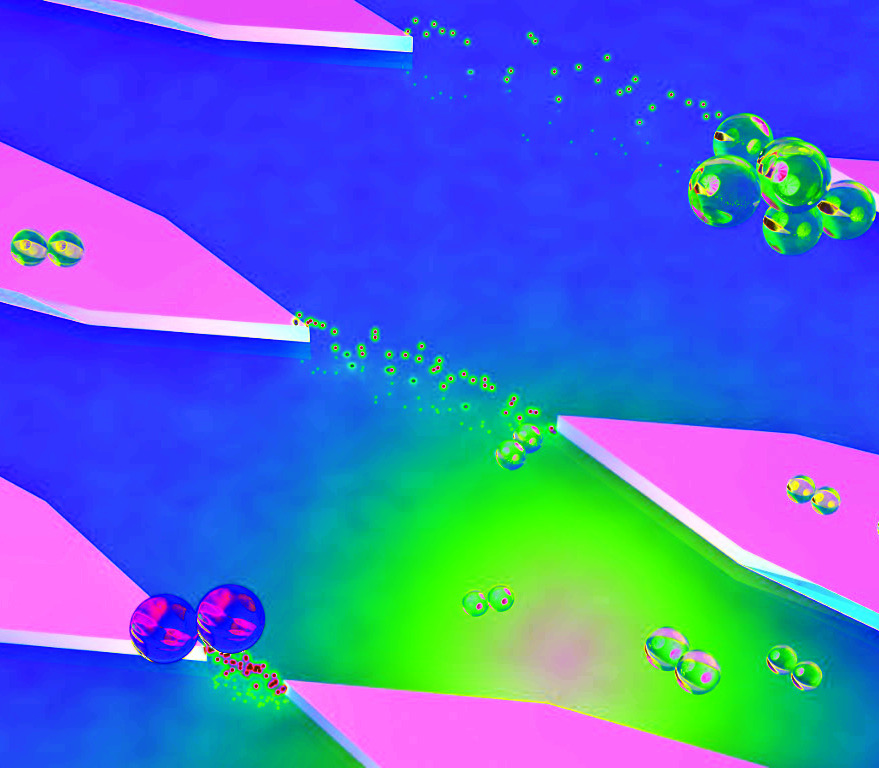Tighter transistors 'grown'
 Engineers are working on ways to ‘grow’ electronic components directly onto a semiconductor block.
Engineers are working on ways to ‘grow’ electronic components directly onto a semiconductor block.
Experts at the University of New South Wales (UNSW) have found that new techniques can create high-mobility components for high-frequency, ultra-small electronic devices, quantum dots, and for qubit applications in quantum computing.
Making better computer processors requires cramming ever-smaller transistors into their processing chips.
However, in even smaller devices, the channel that the electrons flow through has to be very close to the interface between the semiconductor and the metallic gate used to turn the transistor on and off.
Unavoidable surface oxidation and other surface contaminants cause unwanted scattering of electrons flowing through the channel, and also lead to instabilities and noise that are problematic for quantum devices.
“In the new work we create transistors in which an ultra-thin metal gate is grown as part of the semiconductor crystal, preventing problems associated with oxidation of the semiconductor surface,” says UNSW researcher Yonatan Ashlea Alava.
“We have demonstrated that this new design dramatically reduces unwanted effects from surface imperfections, and show that nanoscale quantum point contacts exhibit significantly lower noise than devices fabricated using conventional approaches.”
The big challenge has its roots in simple electron transport theory.
When electrons travel in solids, the electrostatic force due to unavoidable impurities/charge in the environment causes the electron trajectory to deviate from the original path: the so-called ‘electron scattering’ process. The more scattering events, the more difficult it is for electrons to travel in the solid, and thus the lower the conductivity.
But it appears that the problem associated with surface charge can be eliminated by growing an epitaxial aluminium gate before removing the wafer from the growth chamber.
Recent tests have shown that using the epitaxial gate design greatly reduced surface-charge scattering, with up to 2.5 times increase in conductivity.
They also show that the epitaxial aluminium gate can be patterned to make nanostructures. A quantum-point contact fabricated using the proposed structure showed robust and reproducible 1-dimensional conductance quantisation, with extremely low charge noise.
The latest study is accessible here.







 Print
Print